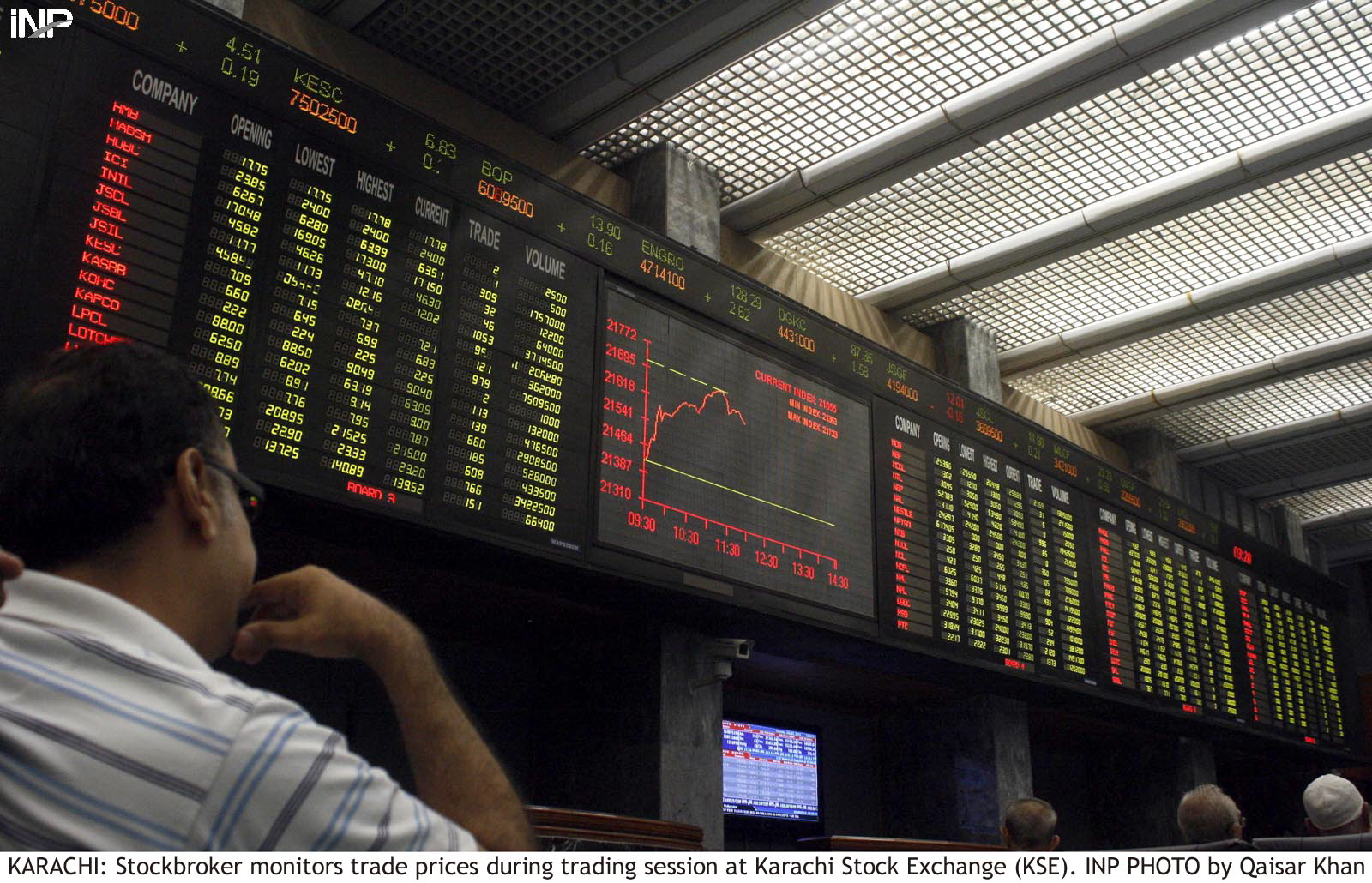
The buying spree started more than one and a half month ago when it became clear that the country would win the Generalised Scheme of Preferences (GSP) Plus status from the European Union (EU).
Analysts observed that the investors pumped money into the textile sector mainly in anticipation of the GSP Plus status that was expected to give a significant boost to textile exports. After a long wait, the country eventually got the GSP Plus status on December 12 for three years, starting from January 2014.

According to Invest Capital research house, “a gigantic price appreciation (in shares of textile companies) ranging from 16% to 67% has been recorded from November 1 to December 17 on expectations of higher textile exports in coming months.”
The brokerage house took a sample of 10 volume leaders (ignoring loss-making companies) of the textile sector listed on the Karachi bourse and analysed them on the basis of key variables.
In most of the five trading sessions on the Karachi Stock Exchange (KSE) from December 18-24, the textile sector continued to support the market, according to reports prepared by Sherman Securities.

Investors got the decisive signal about GSP Plus in the first week of November, when the country won majority vote in the European Union’s International Trade Committee.
“The anticipation and initial reaction to GSP Plus has been positive for the textile sector,” JS Global Capital analyst Atif Zafar said. “It seems that the buying spree in textile stocks will continue in the near future.”
In fiscal year 2012-13, the textile sector outperformed the benchmark KSE 100-Share Index by a big margin.
According to a sample of Topline Securities based on selected 55 textile companies including spinners, weavers and composites, the textile sector gave a huge return of 94% against the benchmark KSE-100 index return of 49% in 2012-13.
Profits of these listed textile firms increased by 150% to Rs30.6 billion in FY13 compared to just Rs12.3 billion in FY12.
With strong fundamentals like stable cotton prices and depreciation of the rupee, margins of the textile sector have grown strongly. Now that the country has secured the GSP Plus status, its exports are expected to grow by $1 billion a year over the next three years.

Pakistan exported over $13 billion of textile products in FY13, almost half the total exports of $24.6 billion in the same year.
Threats to portfolio investment
With positive sentiments about the textile industry, almost all analysts appear upbeat on the portfolio investment in this sector. However, some say incoming portfolio investments may slow down if export-oriented industries fail to meet orders owing to the energy crisis.
“One of the biggest concerns is that whether the country would be able to meet textile orders that are expected to come after the GSP Plus status,” asked Zafar. “The energy crisis, especially gas shortages, is going to hit textile exports in the near future.”
Published in The Express Tribune, December 26th, 2013.
Like Business on Facebook, follow @TribuneBiz on Twitter to stay informed and join in the conversation.



1732503274-0/Untitled-design-(43)1732503274-0-165x106.webp)
1732501636-0/Untitled-design-(42)1732501636-0-165x106.webp)
1732486769-0/image-(8)1732486769-0-270x192.webp)











COMMENTS
Comments are moderated and generally will be posted if they are on-topic and not abusive.
For more information, please see our Comments FAQ